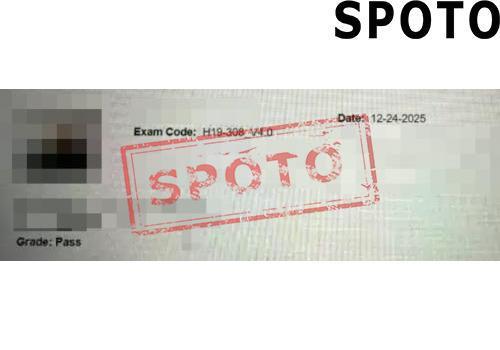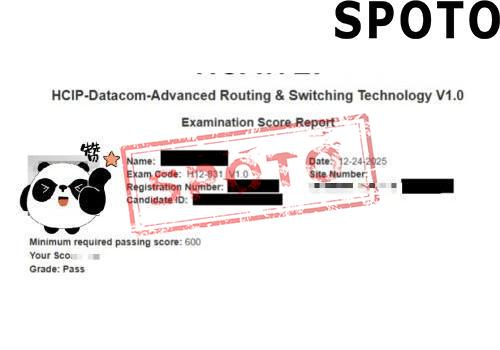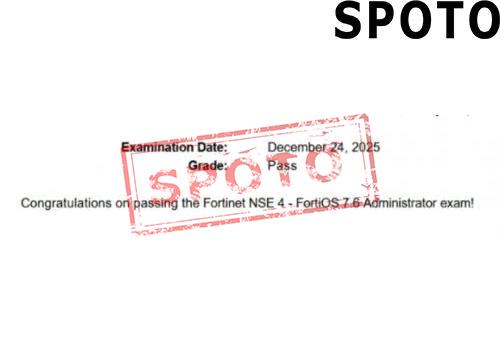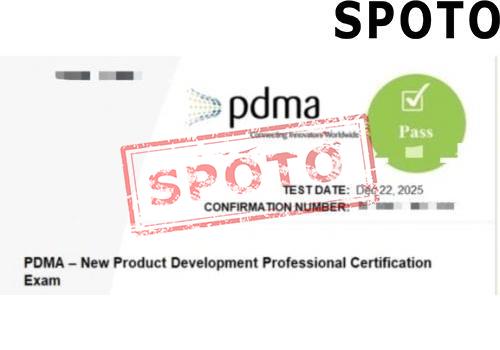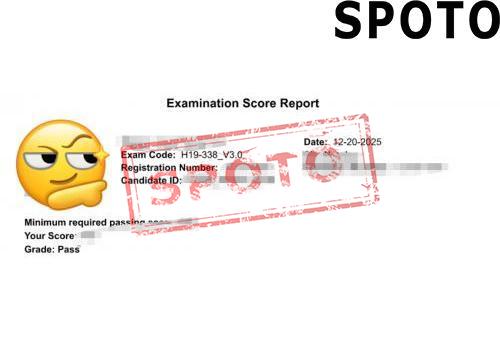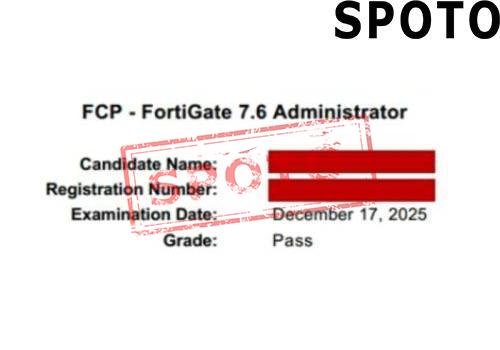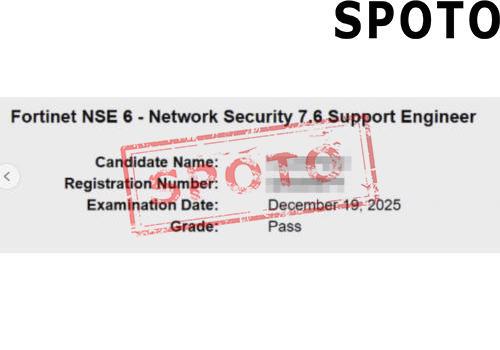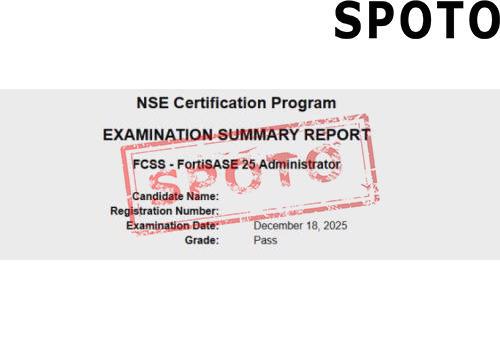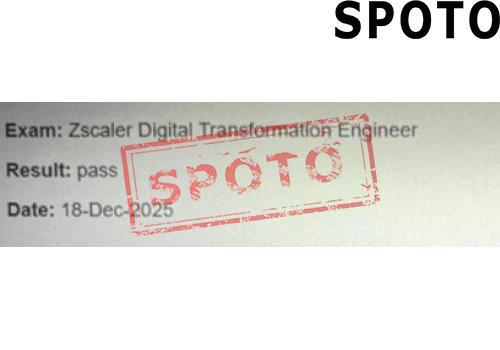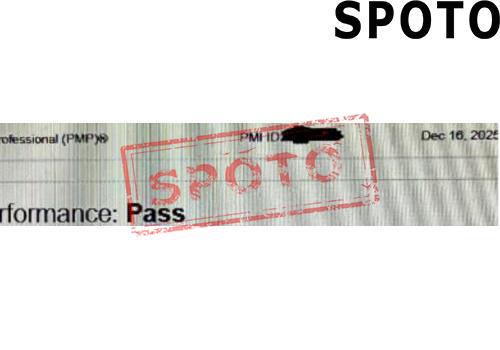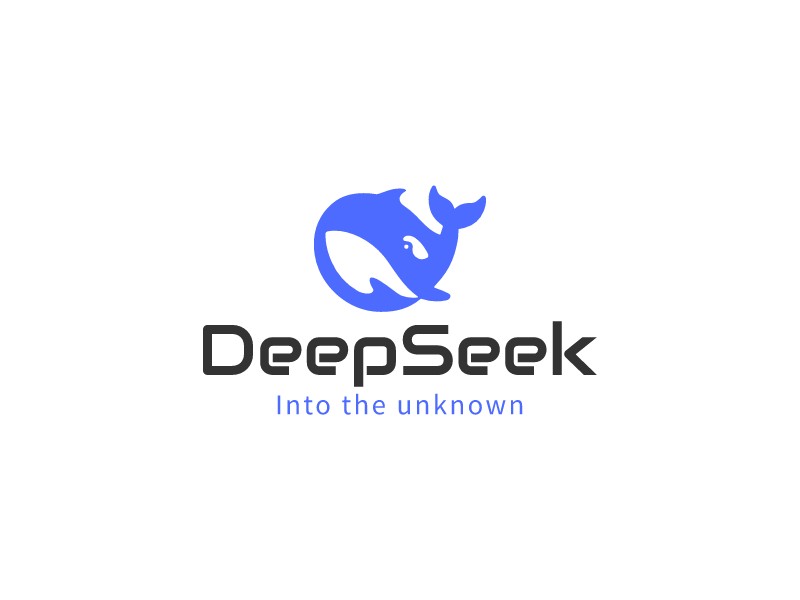
Reinforcement Learning (RL)
Reinforcement learning (RL) is a type of machine learning where AI learns by taking actions and receiving rewards or punishments based on those actions. The goal is to maximize rewards over time.
Example: Imagine teaching a robot to play a game. The robot tries different moves, and every time it makes a good move (e.g., scoring a point), it receives a reward (e.g., +1). If it makes a bad move (e.g., losing a point), it gets a punishment (e.g., -1). Over time, the robot learns which moves score the most points and becomes better at playing the game.
SFT Fine-Tuning
Fine-tuning a model involves taking a pre-trained AI model and making minor adjustments to it to perform better on a specific task. Instead of training the model from scratch, additional data is used to "fine-tune" it for better performance in a particular use case.
SFT (Supervised Fine-Tuning) is a specific type of fine-tuning where the model is trained on a labeled dataset. This means providing the model with examples that include input data (such as images or text) and the correct answers (labels). The model learns to make predictions based on these labeled examples to improve its accuracy for a specific task.
Example: Fine-tuning a large language model (LLM) using a labeled dataset of customer support questions and answers to make it more accurate in handling common queries. This is suitable if you have a large amount of labeled data.
Knowledge Distillation
Model distillation is a method of transferring knowledge from a large, complex model (the "teacher model") to a smaller, simpler model (the "student model").
The goal is to develop a more compact model that retains most of the performance of the larger model while improving efficiency in terms of computational power, memory usage, and inference speed.
Cold Start Data
This is the minimum amount of labeled data used to help the model gain a general understanding of the task. For example, using a simple dataset scraped from a website's FAQ to fine-tune a chatbot to establish a basic understanding. This is useful when you don't have a large amount of labeled data.
Multi-Stage Training
Training a model in stages, with each stage focusing on specific improvements, such as accuracy or alignment. For example, training a model on general text data and then improving its conversational abilities through reinforcement learning based on user feedback.
Rejection Sampling
A method where the model generates multiple potential outputs, but only those that meet specific criteria (such as quality or relevance) are selected for further use. For example, after the RL process, the model generates multiple responses but only retains those useful for retraining the model.
DeepSeek from entry to mastery (Tsinghua University) PDF Downlod
If you're passionate about the AI field and preparing for AWS or Microsoft certification exams, SPOTO have comprehensive and practical study materials ready for you. Whether you're preparing for AWS's Machine Learning certification (MLA-C01), AI Practitioner certification (AIF-C01), or Microsoft's AI-related exams (AI-900, AI-102), the certification materials I offer will help you study efficiently and increase your chances of passing.
Click the links below to get the latest exam dumps and detailed study guides to help you pass the exams and reach new heights in the AI industry:
- AWS MLA-C01 study materials (click this)
- AWS AIF-C01 study materials (click this)
- AWS MLS-C01 study materials (click this)
- Microsoft AI-900 study materials (click this)
- Microsoft AI-102 study materials (click this)
By achieving these certifications, you'll not only enhance your skills but also stand out in the workplace and open up more opportunities. Act now and master the future of AI!
Key Technologies Behind DeepSeek R1
Chain of Thought
When you ask most AI models a tricky question, they give an answer but don't explain the reasoning behind it. This is a problem. If the answer is wrong, you don't know where it went wrong.
Chain of Thought solves this problem. The model doesn't just give an answer but explains its reasoning step by step. If it makes a mistake, you can clearly see where it went wrong. More importantly, the model itself can see where it went wrong.
This is not just a debugging tool. It changes the way the model thinks. The act of explaining forces it to slow down and check its work. Even without additional training, it can produce better answers.
DeepSeek's paper shows an example with a math problem. The model realized it made a mistake during the solution process and corrected itself. This is novel. Most AI models don't do this. They either get it right or wrong and move on.
Reinforcement Learning
Most AI training is like going to school: you show the model a problem, give it the correct answer, and repeat. DeepSeek takes a different approach. Its learning is more like that of a baby.
Babies don't take instructions. They try, fail, adjust, and try again. Over time, they get better. This is the principle of reinforcement learning. The model explores different ways to answer a question and selects the most effective one.
This is how robots learn to walk and how self-driving cars learn to navigate. Now, DeepSeek is using it to improve reasoning. The key idea is Group Relative Policy Optimization (GRPO). GRPO doesn't simply classify answers as right or wrong but compares them to past attempts. If a new answer is better than the old one, the model updates its behavior.
This makes learning cheaper. The model doesn't need a lot of labeled data but trains itself by iterating over its own mistakes. This is why DeepSeek R1 keeps improving over time, while OpenAI's 01 model stays the same. With enough training, it could even reach human-level accuracy in reasoning tasks.
Distillation
Models like DeepSeek have a problem: they are too big.
The full version has 671 billion parameters. Running it requires thousands of GPUs and infrastructure only tech giants can afford. This is impractical for most people.
The solution is distillation—compressing a huge model into a smaller one without losing too much performance. It's like teaching an apprentice. The large model generates examples, and the small model learns from them.
DeepSeek researchers distilled their model into Llama 3 and Qwen. The surprising part? Sometimes the smaller models perform better than the original. This makes AI more accessible. You no longer need a supercomputer; a single GPU can run powerful models.
GRPO RL Framework
Traditionally, RL used for training LLMs is most successful when combined with labeled data (e.g., PPO RL framework). This RL method uses a critic model, which acts like an "LLM coach," providing feedback on each move to help the model improve. It evaluates the LLM's actions based on labeled data, assesses the likelihood of the model's success (value function), and guides the model's overall strategy. However, this method is limited by the labeled data used to evaluate decisions. If the labeled data is incomplete, biased, or doesn't cover the entire task, the critic can only provide feedback within those limitations and doesn't generalize well.
Training Process
Here's a brief overview of each training stage and what it does:
Step 1: They fine-tune the base model (DeepSeek-V3-Base) using thousands of cold start data points to lay a solid foundation. For reference, compared to the millions or billions of labeled data points typically required for large-scale supervised learning, thousands of cold start data points are a small fraction.
Step 2: Apply pure RL (similar to R1-Zero) to improve reasoning capabilities.
Step 3: As RL approaches convergence, they use rejection sampling, where the model selects the best examples from the last successful RL run to create its own labeled data (synthetic data). Have you heard rumors about OpenAI using smaller models to generate synthetic data for the O1 model? It's essentially the same idea.
Step 4: Merge the new synthetic data with DeepSeek-V3-Base's supervised data in areas such as writing, fact quality assurance, and self-awareness. This step ensures that the model can learn from high-quality outputs and diverse domain-specific knowledge.
Step 5: After fine-tuning with the new data, the model undergoes a final RL process in different prompts and scenarios.
So why does DeepSeek-R1 use a multi-stage process? Because each step builds on the previous one.
Why It Matters
DeepSeek combines chain-of-thought reasoning, reinforcement learning, and model distillation to become a powerful tool. It's not just about raw capability. It's about creating models that are accurate, transparent, and easy to use.
Chain of thought makes the model's reasoning clear. Reinforcement learning allows it to continuously improve over time. And distillation ensures that these capabilities are accessible to more people, not just those with access to supercomputers.
If you're interested in AI, DeepSeek is worth paying attention to. It's not just another incremental improvement. It's a step towards models that can think, learn, and adapt in ways previously unattainable.
You don't need to be an AI researcher to see its potential. The technology behind DeepSeek is already being applied in the real world, from coding assistants to scientific research tools. As these models become more accessible, their impact will only grow.
The importance of DeepSeek R1 lies not only in what it can do but also in how it does it. Chain of thought makes AI more transparent. Reinforcement learning makes AI more self-improving.
FAQs About DeepSeek R1
-
What is DeepSeek R1? DeepSeek R1 is a new large language model developed by a Chinese research team. It is significant because its performance on complex tasks such as math, coding, and scientific reasoning is comparable to leading models like OpenAI's o1. The model's innovations, especially in the use of reinforcement learning and model distillation, could make AI more efficient and accessible.
-
How does DeepSeek R1 use "chain of thought" prompts? DeepSeek R1 encourages the model to "think out loud" or provide step-by-step reasoning in its responses. For example, when solving a math problem, it shows each step of its process. This method not only makes it easier to identify mistakes but also allows the model to self-assess and improve accuracy by re-prompting or re-evaluating its steps.
-
How does DeepSeek R1 use reinforcement learning? DeepSeek R1 uses reinforcement learning to learn through self-guided exploration, similar to how a baby learns to walk. Instead of being trained with explicit question-answer pairs, it explores its "environment" and optimizes its behavior by maximizing rewards, such as preferring shorter and more efficient methods when solving equations.
